We’re available to come to your home twice each week
Organic Dry Cleaning
We’re experts in keeping your garments looking their best, so you can feel confident that you always look your best.
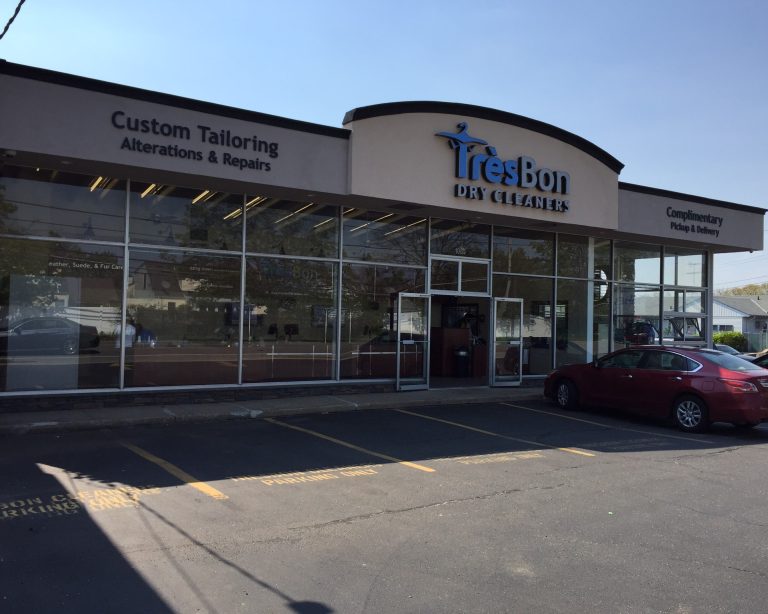
If you’re looking for a new dry cleaner, then you’d probably like to know if there’s anything we do differently than the other dry cleaners on Long Island – if there’s any reason why it would be better to give Tres Bon a try rather than any of your other options.
If you’re looking to find a dry cleaner that’s the right fit for you, then please take a moment to browse this page and you’ll discover the many unique benefits our clients enjoy as members of the Tres Bon Family.

First and foremost, our clients are important to us. We genuinely care, and are excited to see you when you stop in. We smile and are friendly and welcoming. And we always have your best interest in mind.
We don’t take you for granted – we appreciate that you’ve chosen to trust us with your clothing care. And we do everything we can to make sure that Tres Bon truly is the best possible choice for you and your family.
We’re constantly thinking up new features and services to make your life easier and better. I believe our client-centric mindset and positive company culture is truly the most important part of serving you – genuinely having your best interest at heart. And really, it just feels great to do business like this – making your day just a little bit brighter (along with your clothing)!
Stay connected and in control using our Mobile App, with features that allow you to:
-PLUS-
Walk-In Clients: Use the “On My Way” feature to alert us you’re coming to pick up, and we’ll bring your clothing up to the front door before you arrive, so you can simply grab-and-go once you get here! (Credit Card On File Required)
Delivery Clients: Schedule a pickup of clothing from your home, or suspend service if you’re going away
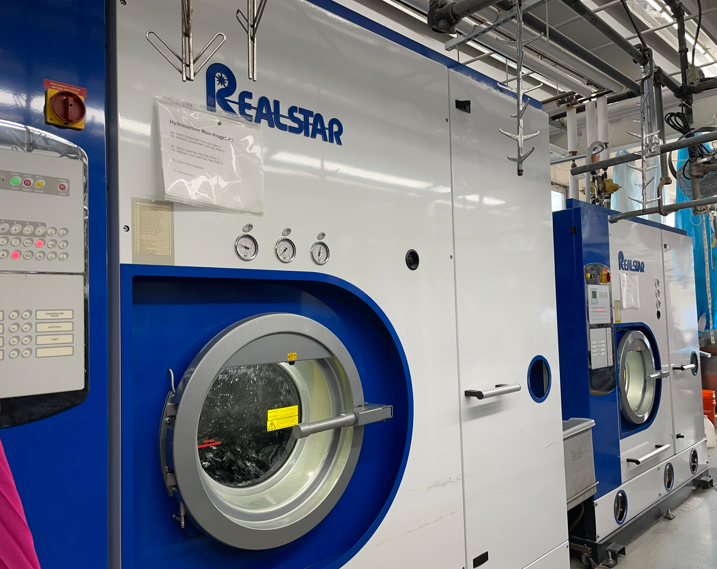
While our client-centric company culture and values are at the core of everything we do, you’ll find there are also quite a few additional unique benefits that our clients enjoy in addition to our warm, welcoming staff. For example, we continuously invest in the latest technologies in order to provide you with the type of modern experience that you’ve come to expect when interacting with companies like Amazon, Netflix, and Tesla – but not your local dry cleaner.
Each of your garments are digitally tracked and automatically sorted throughout the entire cleaning process. We know exactly who performed each task on your garment, and exactly when they did it. Better yet, since the assembly process is fully automated, human error is eliminated – ensuring that you never end up with someone else’s pair of pants in your order (or worse: missing your favorite lucky golf shirt).
And this technology allows us to provide you with some great ways to keep track of your clothing throughout the entire process:

Many clients love visiting our store to drop off and pick up their clothes in-person, and we always love to see you! But hundreds of our clients also love taking advantage of our FREE Home Pickup & Delivery Service. How would it feel if you NEVER had to go to the dry cleaners again? We can come to you – for FREE! You don’t need to be home when we come, and you’re always connected and in control with our Mobile App.
Watch this short video to learn how our delivery clients spend more time doing things they enjoy–and NO time doing laundry or driving back and forth to the dry cleaners. Signing up takes just 30 seconds and could save you between 43-105 hours a year.* Join hundreds of your neighbors who already use this convenient, time-saving free service by selecting one of the options below to sign up
We’re available to come to your home twice each week
Get a reminder text the night before, asking if you need a pickup. Reply Yes or No.
Place your dirty laundry bag outside your front door in the morning
Get an email copy of your ticket listing the color, brand name, and price to clean each item we picked up
Clean clothes are delivered back to your front door
Access your account 24/7 on our Mobile App to schedule or cancel a pickup, view current and past cleaning orders, securely update your payment method (credit card on file), and update your cleaning preferences and contact info
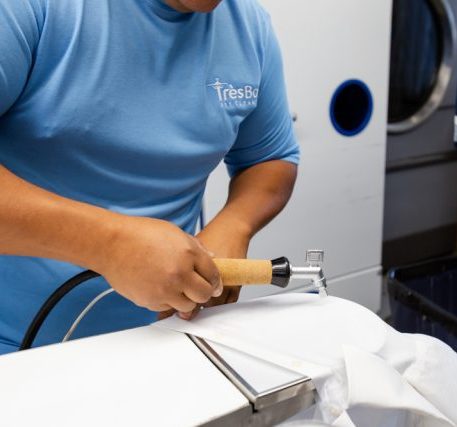
We combine the latest cleaning techniques and technologies with four generations of experience to provide you with cleaning results that our competitors simply can’t match – you’ll see, smell, and feel the difference in your very first cleaning with us! There are many things that we do to ensure your garments come back looking, smelling, and feeling their best every time they’re cleaned. Here’s just one example:
Many dry cleaners re-use their cleaning solvent load after load. Dirt and grime from previous loads remain in the solvent, and when your white garments are cleaned in that re-used solvent, they come out dull and dingy, and have that “dry cleaning smell”. Not us, we use fresh crystal-clear organic solvent every load so your whites come out sparkling bright, and your clothing will never smell. Also, unlike most dry cleaners that only use one type of solvent, we utilize three different solvents. It costs us more to service your clothing like this, but it’s worth it.
Servicing your garments properly like this ensures that they’re always completely clean and fresh, and also significantly extends the life of your clothing. What’s the point of getting your clothes “cleaned” if they come back dingy, faded, smelly, and limp? Your expensive “new” blouse now just looks old and worn out. We provide value by ensuring your garments continue to look, smell, and feel great each time you wear them, and also extending their lifespan, allowing you to wear them many extra times before they need to be replaced.
Also, unlike most of our competitors, we process your dress shirts ourselves, on-site – which allows us to control the quality of the cleaning and pressing, so that your dress shirts always look their best – and you always look your best! We spend 3x longer servicing your shirts than the average shirt wholesaler, and it shows.
And there’s truly so much more that we do to ensure your clothes look their very best every time they’re cleaned. If you’re a detail-oriented person (like I am) and would like to take a deep dive and discover many more unique aspects of our cleaning processes that differentiate Tres Bon from our competitors, and result in the superior cleaning quality that our clients enjoy, please click here.

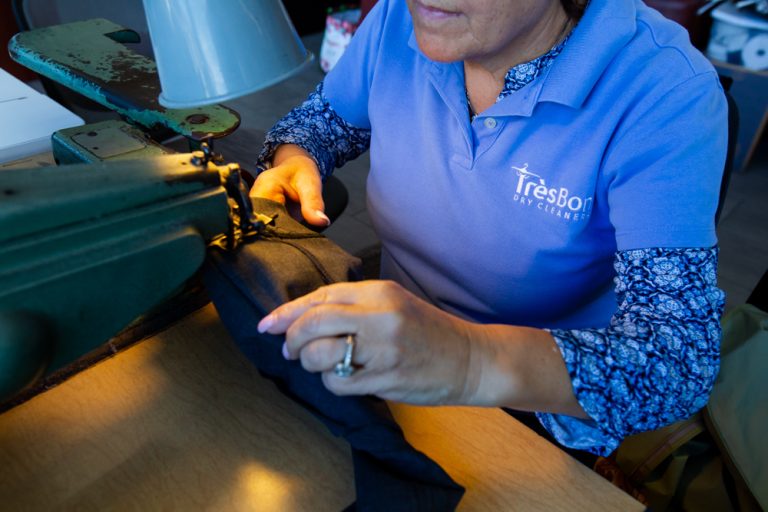
We’re always looking for ways to make your life easier and better. You already trust us with your dry cleaning. Wouldn’t it be nice if there were a few more chores we could also take off your hands? Well, there are! Take a look below to discover even more ways we can give you back some extra free time to do things that are meaningful and enjoyable, instead of wasting your valuable free time doing errands and chores:
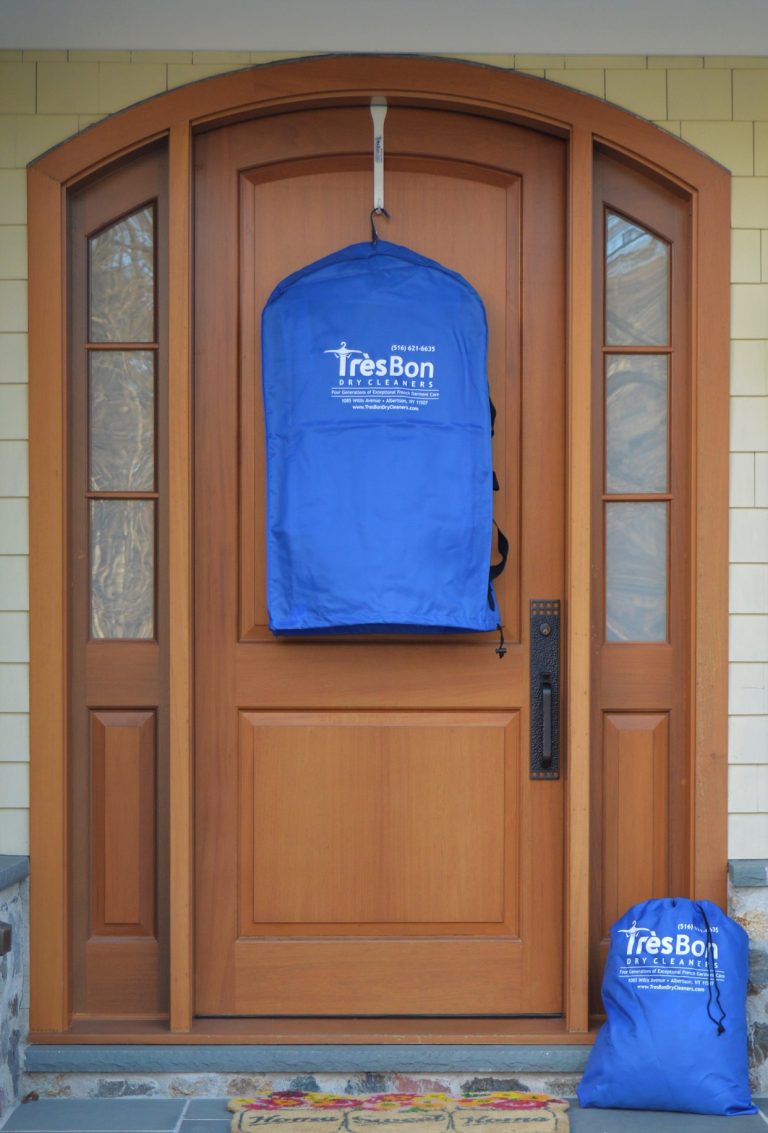
We have a commitment to environmental responsibility that runs much deeper than just our state-of-the-art organic dry cleaning machines and wet cleaning capabilities.
We’ve invested heavily to make our entire operation as efficient as possible – from our steam generation and hot water systems, all the way to our delivery vehicles and high-efficiency LED lighting systems. It feels wonderful to be good stewards of the planet, and respectful of the environment and our community.
If you’re interested in learning much more about our many green initiatives, please click here.
We’re experts in keeping your garments looking their best, so you can feel confident that you always look your best.
Unlike most of our competitors, we process your dress shirts ourselves, on-site – which allows us to control the quality of the cleaning and pressing so that your dress shirts always look their best – and you always look your best!
Our focus is to help you always look your best. So, if you really want to look sharp, you might want to meet our tailors.
Do you look forward to doing the laundry? My guess is probably not – but we do!
Let us “lighten the load” for the family member in charge of laundry at your home!
Your wedding gown is, by far, the most expensive and the most sentimental garment you’ll ever purchase. After your special day, trust the restoration and preservation of your gown with US!
We have four generations of experience in high-end garment care to ensure your high-value pieces look and feel new and authentic for many years to come.
Leather, suede, and fur care is a specialty of its own.
Well, we’re here to help rejuvenate and extend the life of these favorite pairs, so you can keep them looking their best – and they can keep you looking your best!
Let us clean your blankets and comforters for you in our large-capacity machines, specifically programmed to optimally clean and sanitize large comforters and blankets.
If you’ve never slept on professionally cleaned and ironed bedsheets, I invite you to give it a try and experience the difference it makes.
Your table linens will always look their best when they’re professionally cleaned and pressed. Let us help lighten your load a little.
Most people wash their clothes each time they’re worn, and wash their bedsheets once a week. But how often do you “wash” your couches and throw pillows? If you can unzip your couch cushions, we can clean them!
We’ve dry cleaned countless window treatments over the years, let us return your custom window treatments in pristine condition.
When’s the last time you had your area rugs cleaned? Did you know we can also get your area rugs clean too?
How would it feel if you NEVER had to go to the dry cleaners again? Let us come to you – for FREE! You don’t need to be home when we come, and you’re always connected and in control with our Mobile App.
Every client is a Very Important Person to us. Join our Express VIP Service!
If your home has just experienced a pest infestation such as moths, carpet beetles, silverfish, or bedbugs, we can help you recover.
If your home has just suffered a fire, boiler puff back, or flood, we know just how much stress and heartache you’re about to experience. But with Tres Bon by your side, your wardrobe will be one less thing you have to worry about.